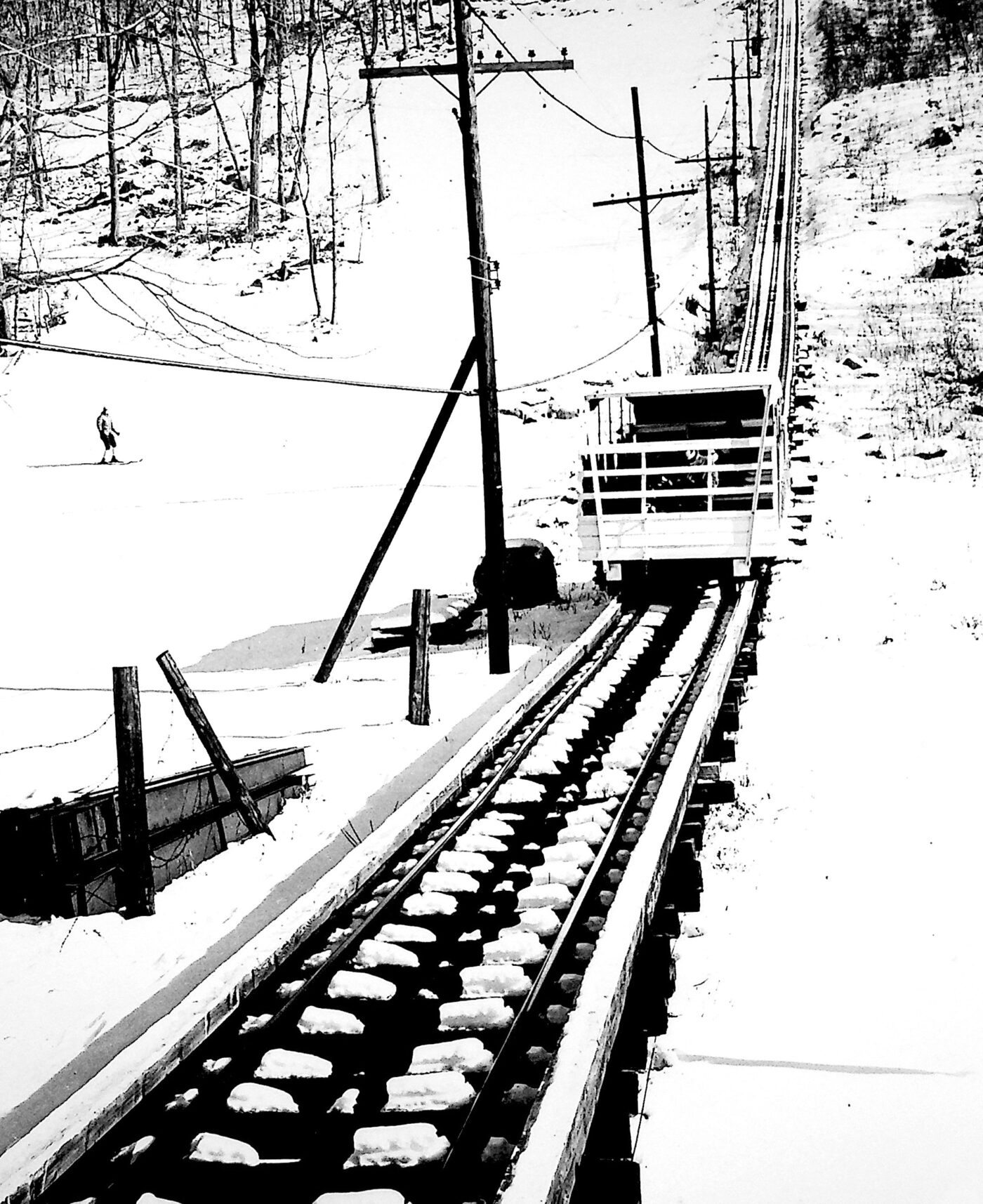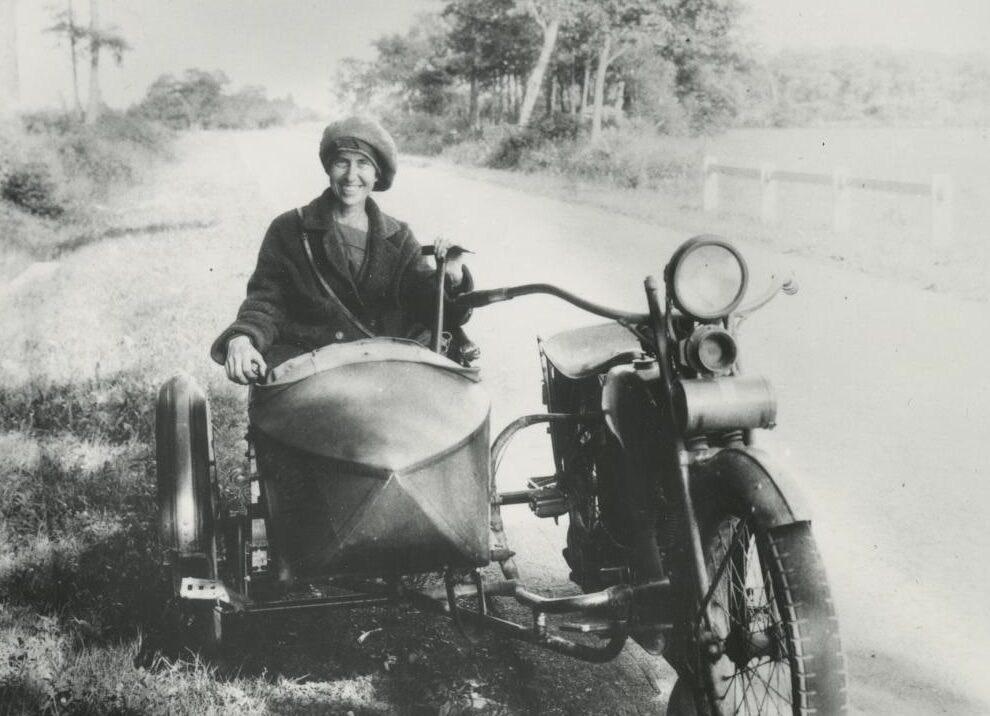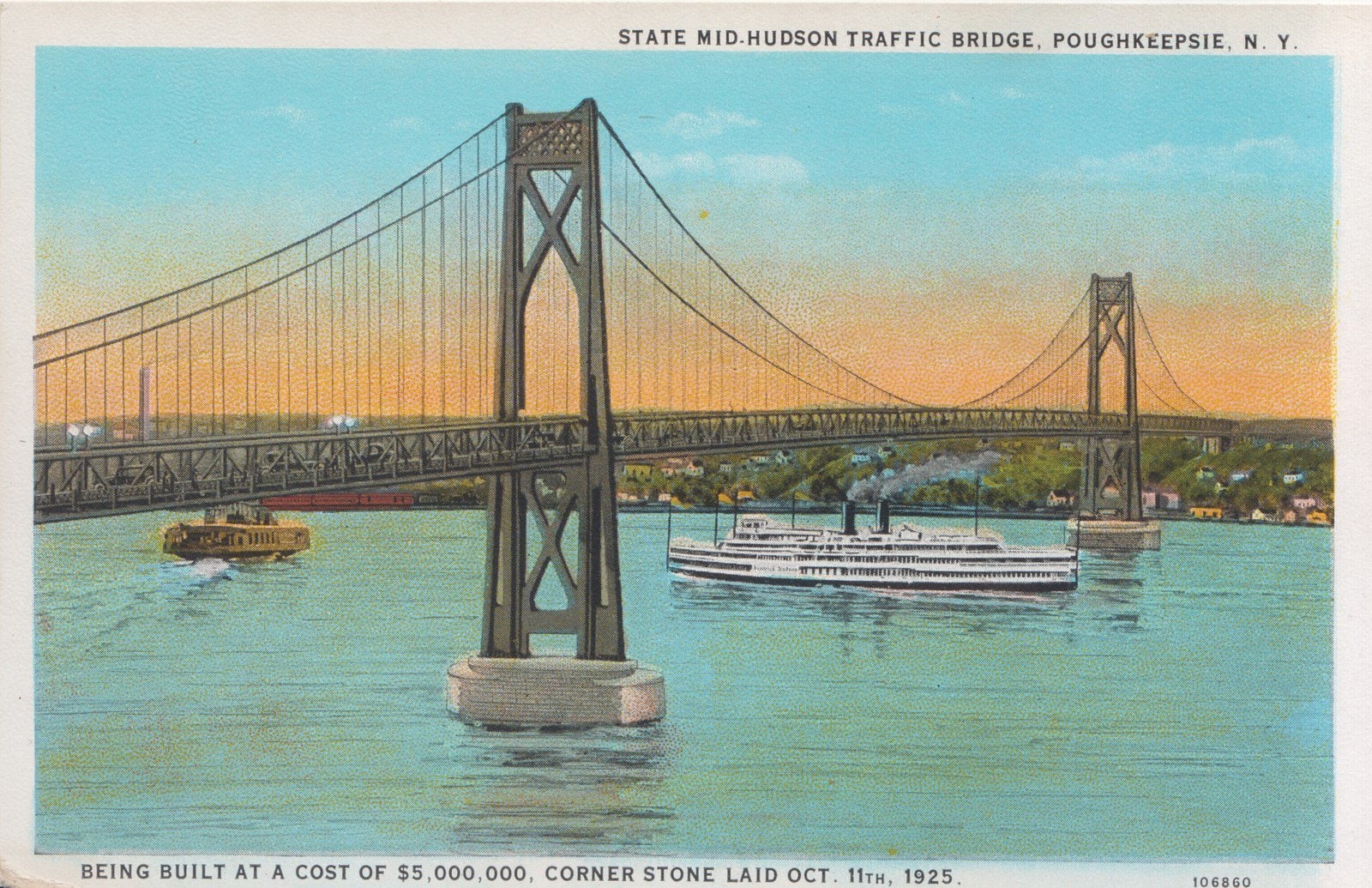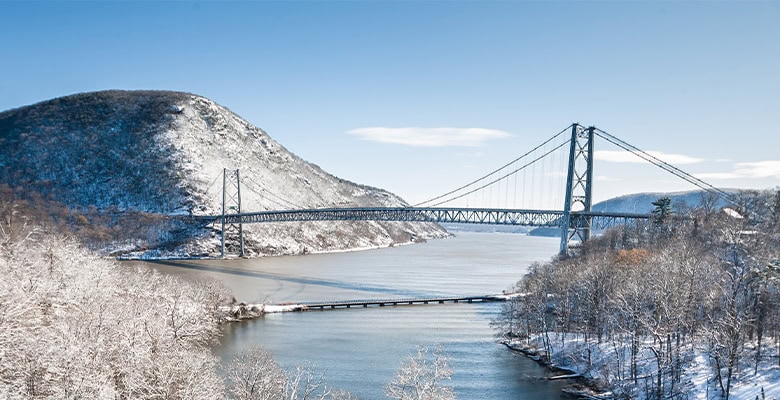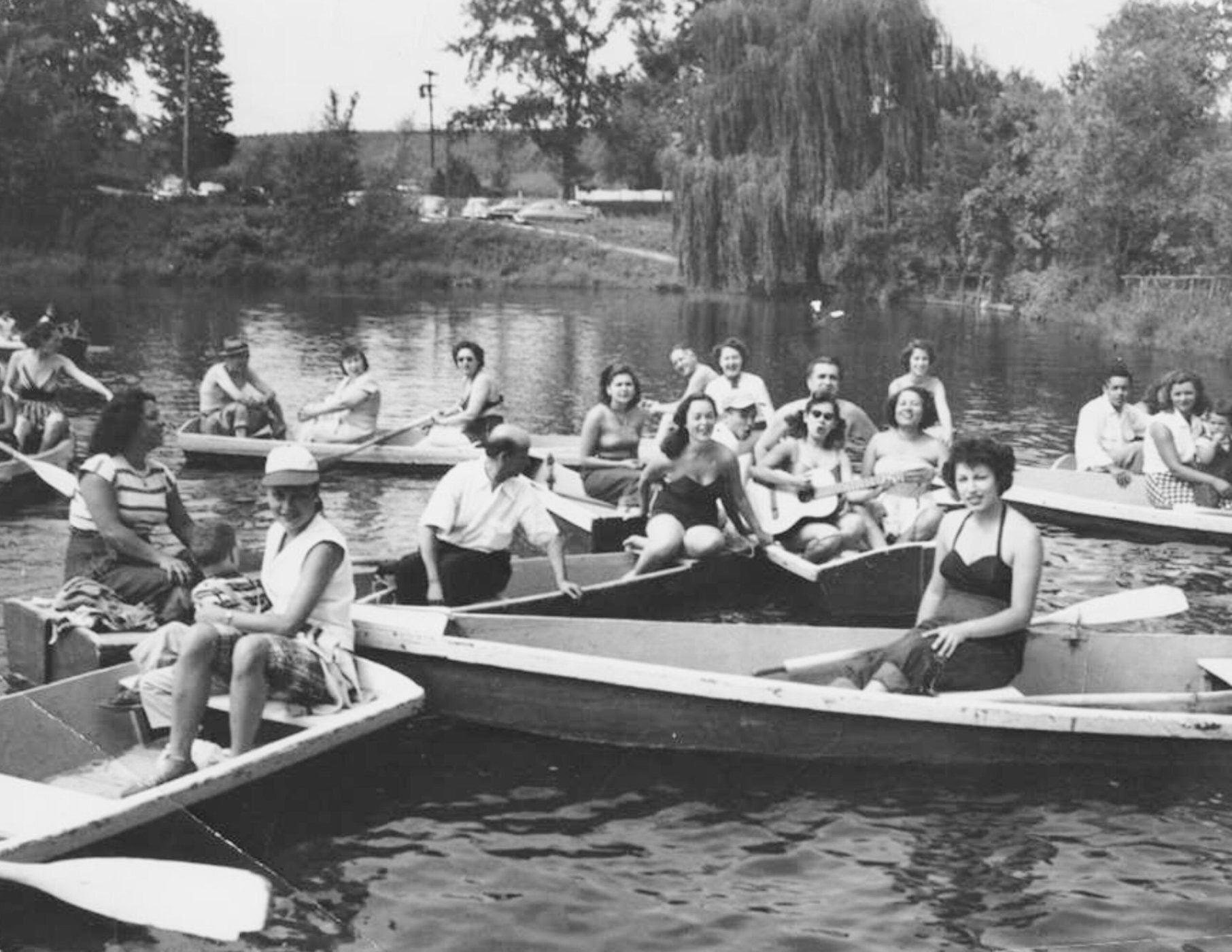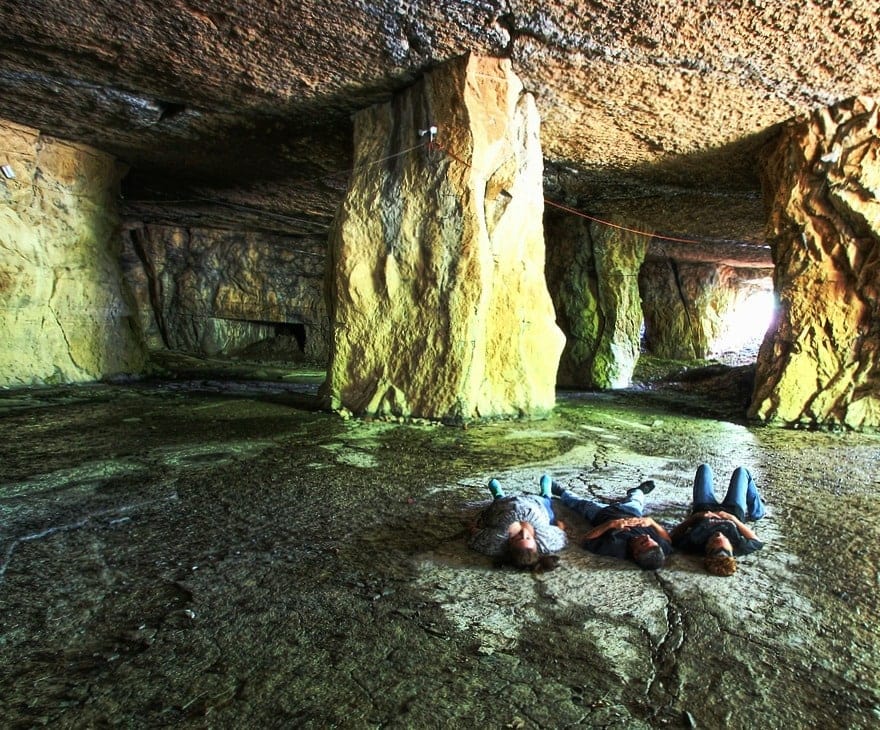Mt. Beacon is one of the most popular hiking destinations in the region. And no wonder. The 1,610-foot peak — the highest in the Hudson Highlands — rewards visitors with a vigorous workout, stunning panoramic views, a newly renovated fire tower, and an intriguing collection of ruins to explore. Most notable are the remains of the popular incline railway that ran from 1902 to 1978, and the foundation of a once-bustling hotel and casino on the summit.
But many people don’t realize that Mt. Beacon had another famous chapter that has also faded into history: as a major ski area. Opened in November 1967, the Dutchess Ski Area eventually grew to have 11 trails, three double chair lifts, night skiing and a cutting-edge ski school. In its heyday, the mountain welcomed 3,000 skiers a day and was considered one of the four biggest ski operations in the state.
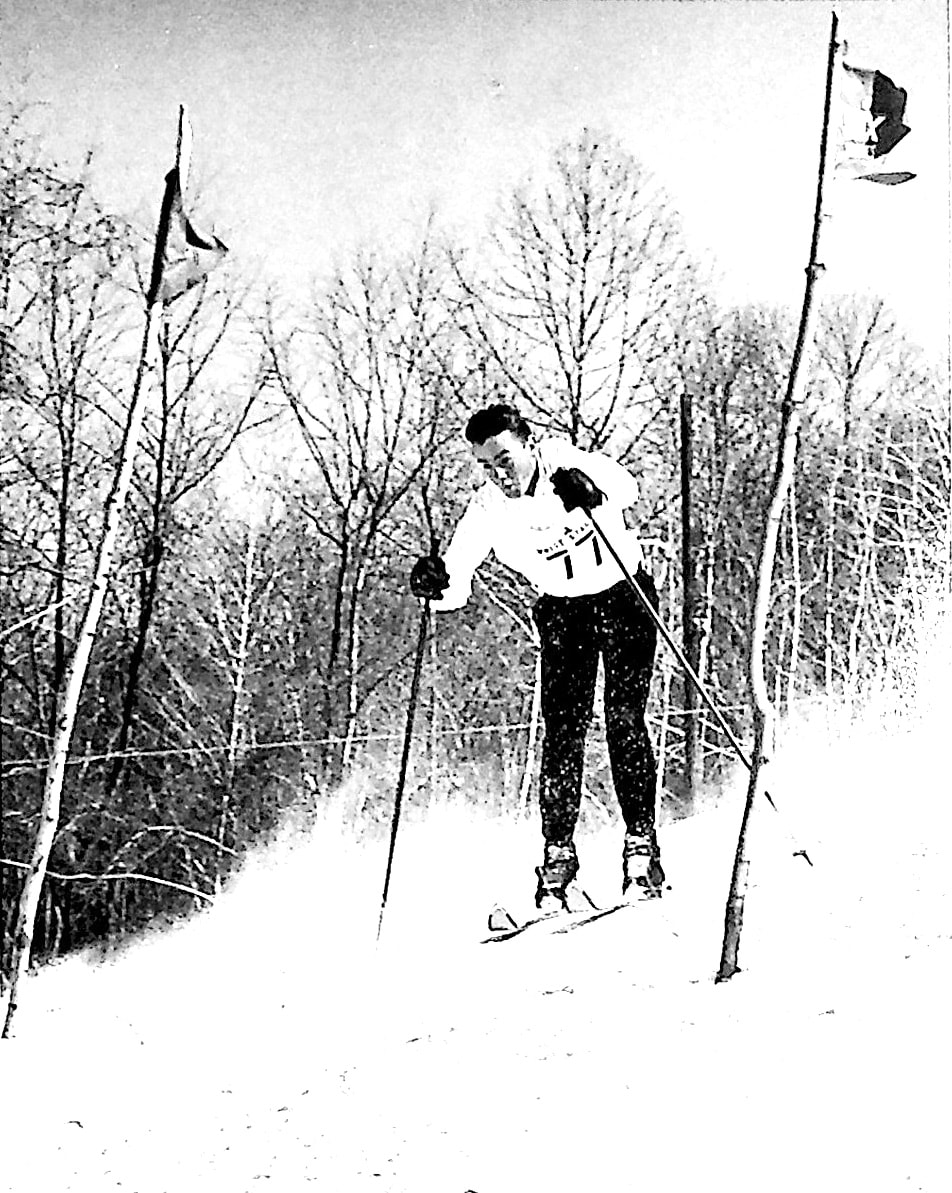
Skiing on the mountain actually began long before the chair lifts arrived. In 1946, locals carved out two rough trails down the slope and the opportunity to make good use of them arrived two years later. By mid-January 1948, more than four feet of snow had blanketed Beacon, making it one of the snowiest winters on record. The incline railway, usually shuttered for the season in mid-October, sprung into action and began ferrying skiers to the summit on weekends that winter. Running every 20 minutes, prices were $1 for the first ride and $0.50 for each additional ride; skiers warmed up with sandwiches and coffee at the casino on the summit.
In January 1961, Bill Kaputa, who lived at the foot of Mt. Beacon, put his son and other neighborhood kids to work clearing 10 acres of his land. He then installed a rudimentary rope tow powered by an old go-cart motor; it ran from his sporting goods store on Main Street and started lugging all the neighborhood kids up a 300-yard run of the hill. Soon, the tow was operating seven days a week. A second tow, a ski jump, and eventually a lodge followed.
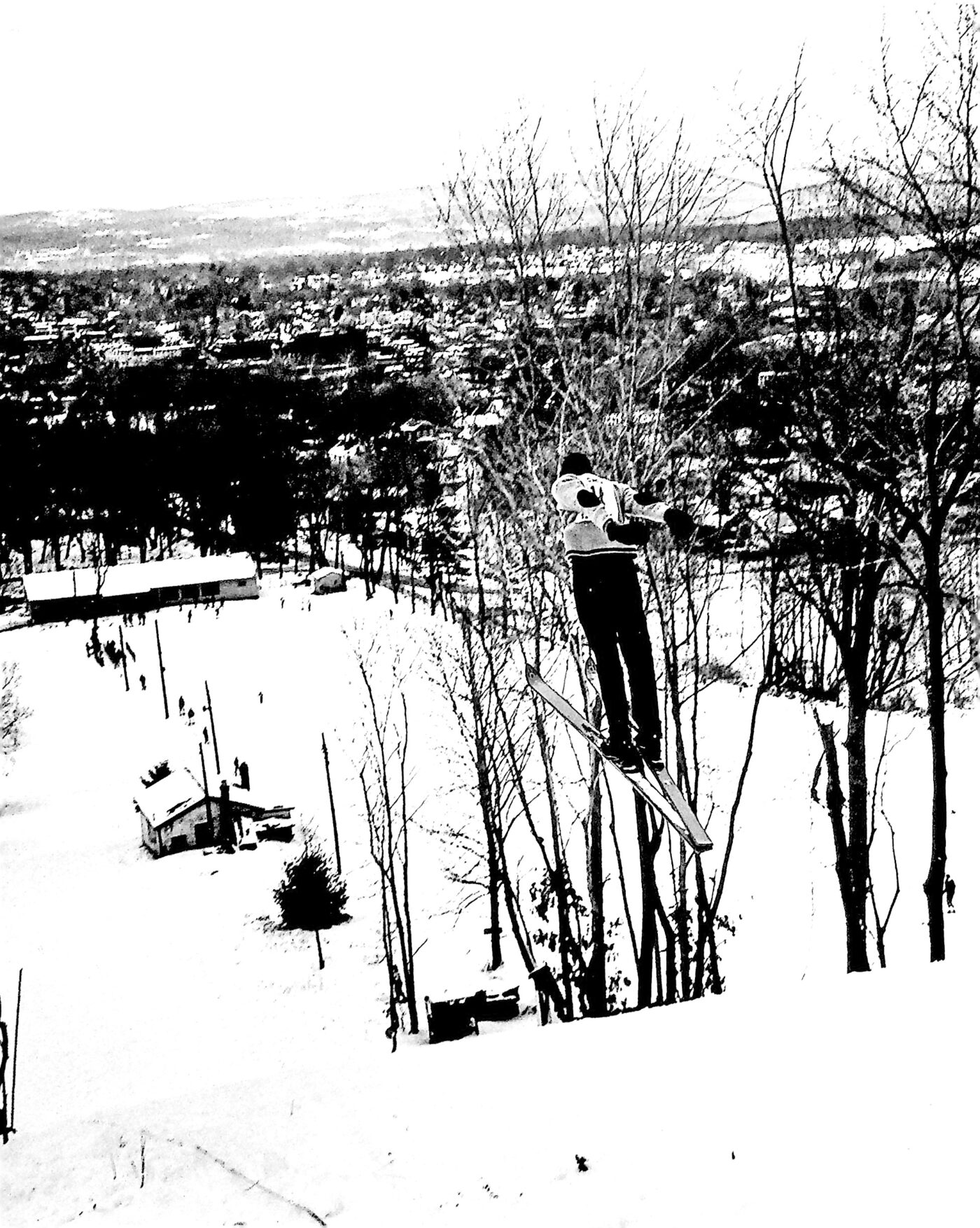
Many entrepreneurs had their eye on Kaputa’s growing operation, and in 1967 the Dutchess Ski Area — a $2 million operation, according to a local newspaper — officially opened. By the following year, two double chairlifts were whisking skiers halfway up Mt. Beacon.
But it was in 1969, with the much heralded arrival of Austrian Walter Foeger, a world-renowned ski instructor, that the Dutchess Ski Area went to the next level. Foeger had already left his mark on the Northeast, designing two popular ski resorts: Jay Peak in Vermont and Camelback in Pennsylvania. While shuttling back and forth between the two he noticed Mt. Beacon and dubbed it a “natural” for further development.
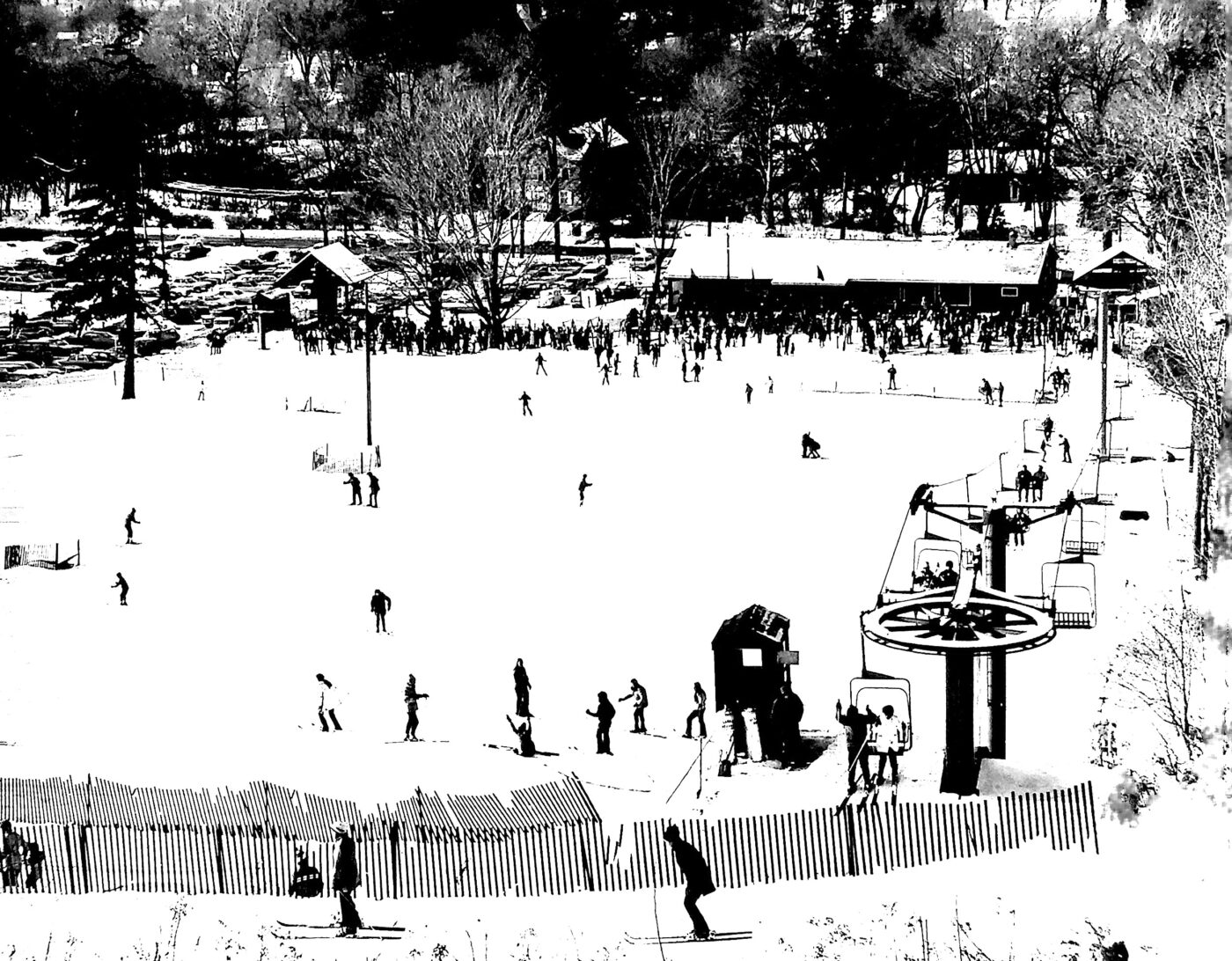
By the time Foeger arrived, the operation was in full swing — lifts were operating seven days and nights a week. A retail shop offered clothing, accessories and equipment, while the lodge served up cafeteria-style food. An all-day weekend lift ticket in the 1969-70 season went for $6.
Foeger was tasked with adding trails, enhancing the operation, and setting up a ski school. He quickly expanded. In 1973, a third chairlift was added that made it all the way to the summit. Foeger had already developed the American Parallel Technique that Ski Magazine had called the “best system ever devised” to teach novices how to ski. His new Commuter Ski School offered a $65 ten-week course — with a money-back guarantee that you’d be skiing in seven days. (Foeger later claimed that only one person had ever demanded their money back.)
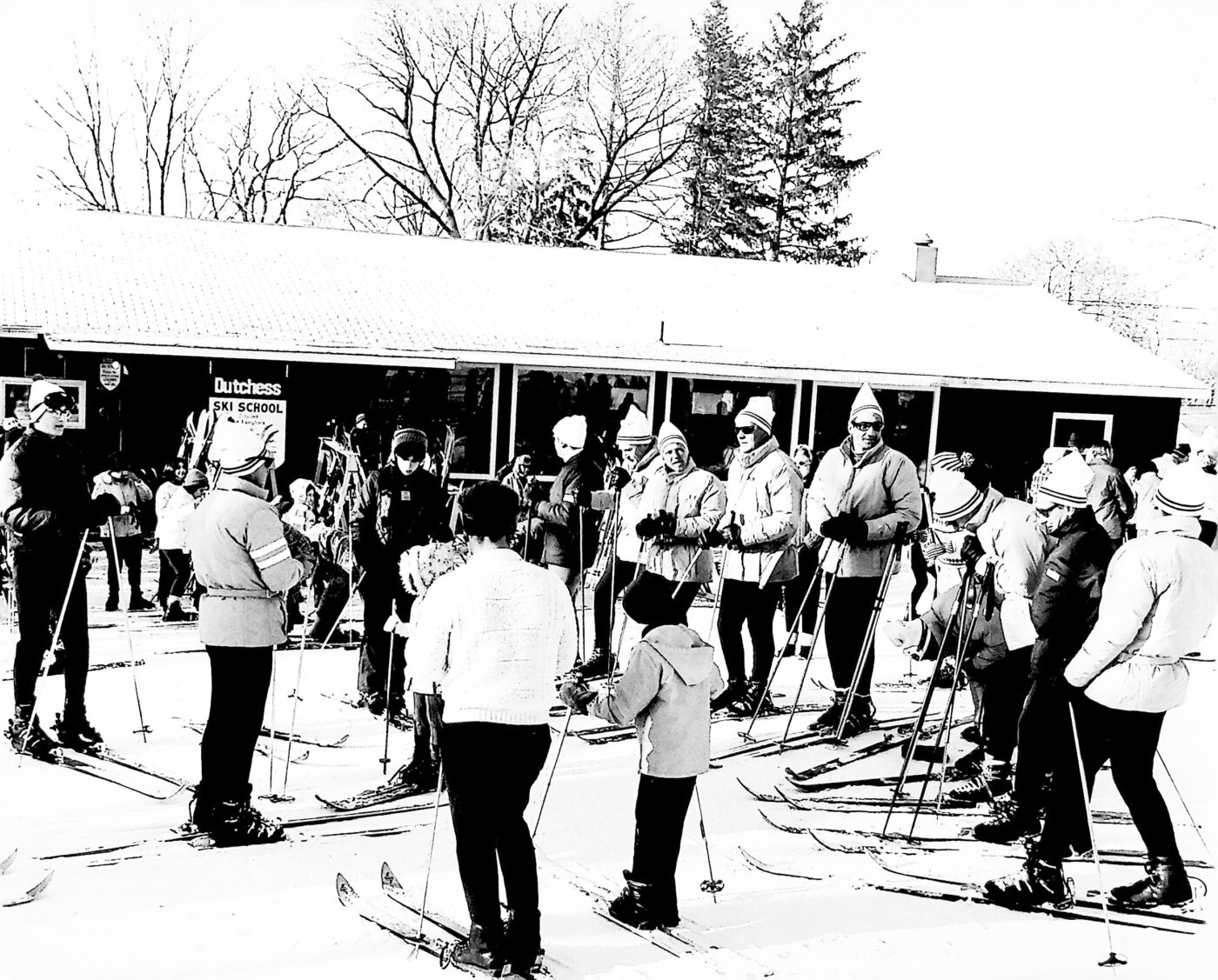
The Commuter Ski School was just part of the marketing that targeted New York City outdoor enthusiasts. “Dear Metropolitan Skier,” offered a glossy brochure. “This new ski area development has opened up a new world of skiing to you city dwellers — days — night — and weekends. Machine made snow and excellent snow care, plus large rental facilities, challenge beginners and experts alike from mid-December to mid-March for regular outdoor recreation in skiing or learning to ski — only an hour or so from your home.“
But while the management may have been targeting city folks, the locals loved their homegrown ski resort. Many former residents recall an almost Rockwellian scene with people of all ages walking to the mountain, skis slung over their shoulder, and good times hanging out at the popular Snowflake Lounge bar, which stayed open all year round and hosted bands in the summer.
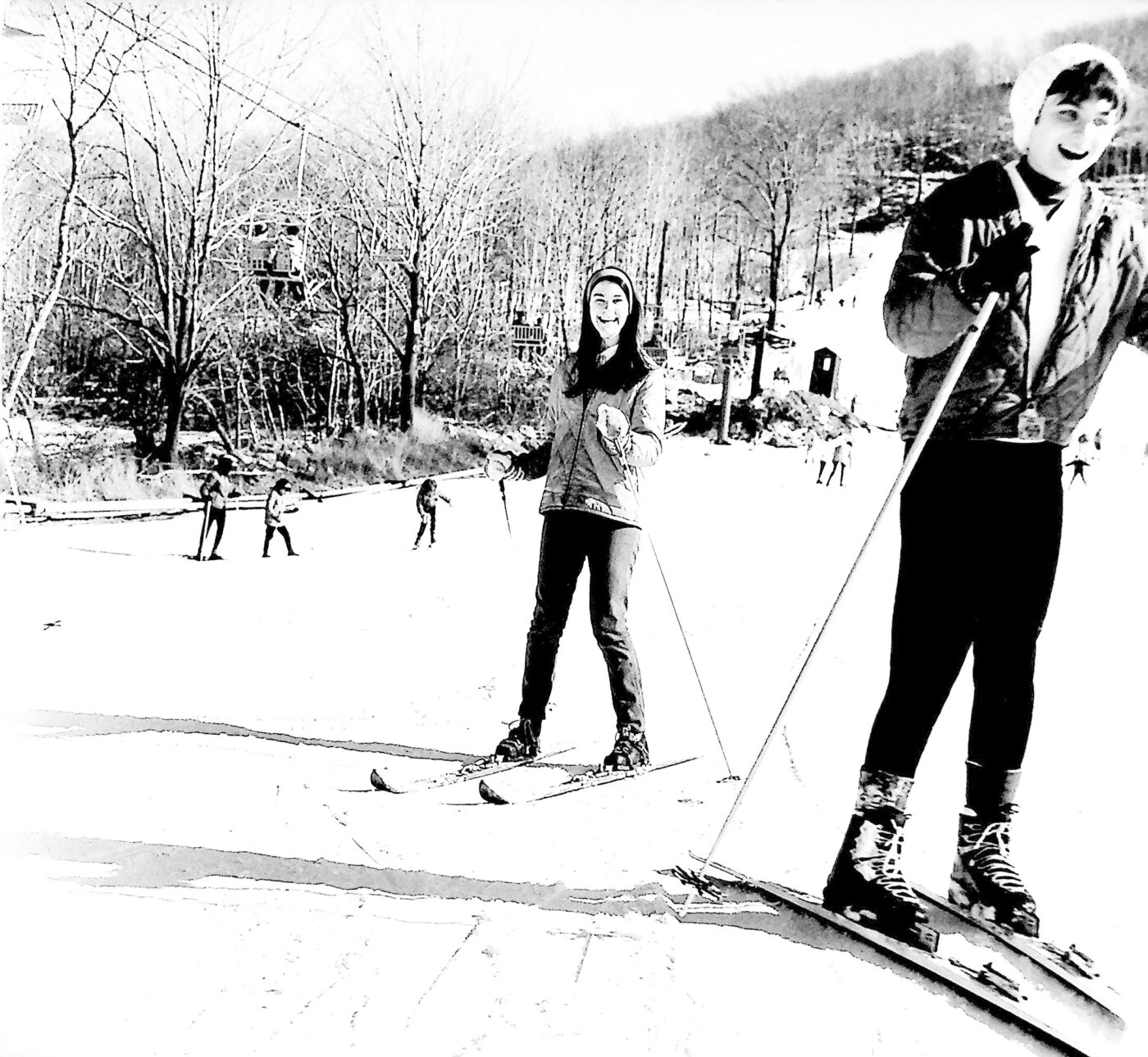
While many resident cherished the casual nature of it all, some took it more seriously and competed in the weekly 9 p.m. Friday race, which awarded a bronze, silver, and gold “Dutchess Snowflake” each week. At night, the lit-up mountain and the skiers descending it could be seen from miles away. “When I think about my childhood, I think about skiing on Mt. Beacon,” says longtime radio personality Mark Bolger. “Every day after school all of us kids would head to the mountain to ski. Sometimes we’d be out there all afternoon — and then all night, too. The slopes were open until 10 p.m.; it was amazing.”
Linda Murphy’s father worked at Texaco but took photographs for all the Dutchess Ski Area brochures; he also taught her and her four siblings how to ski. “We lived by the mountain, and I remember watching the Ski Patrol put on their displays — they’d come down the mountain carrying torches,” she says. “And we always knew who the city folks were. It was a private joke among Beaconites; we’d talk about how they got on the wrong chairlift.”
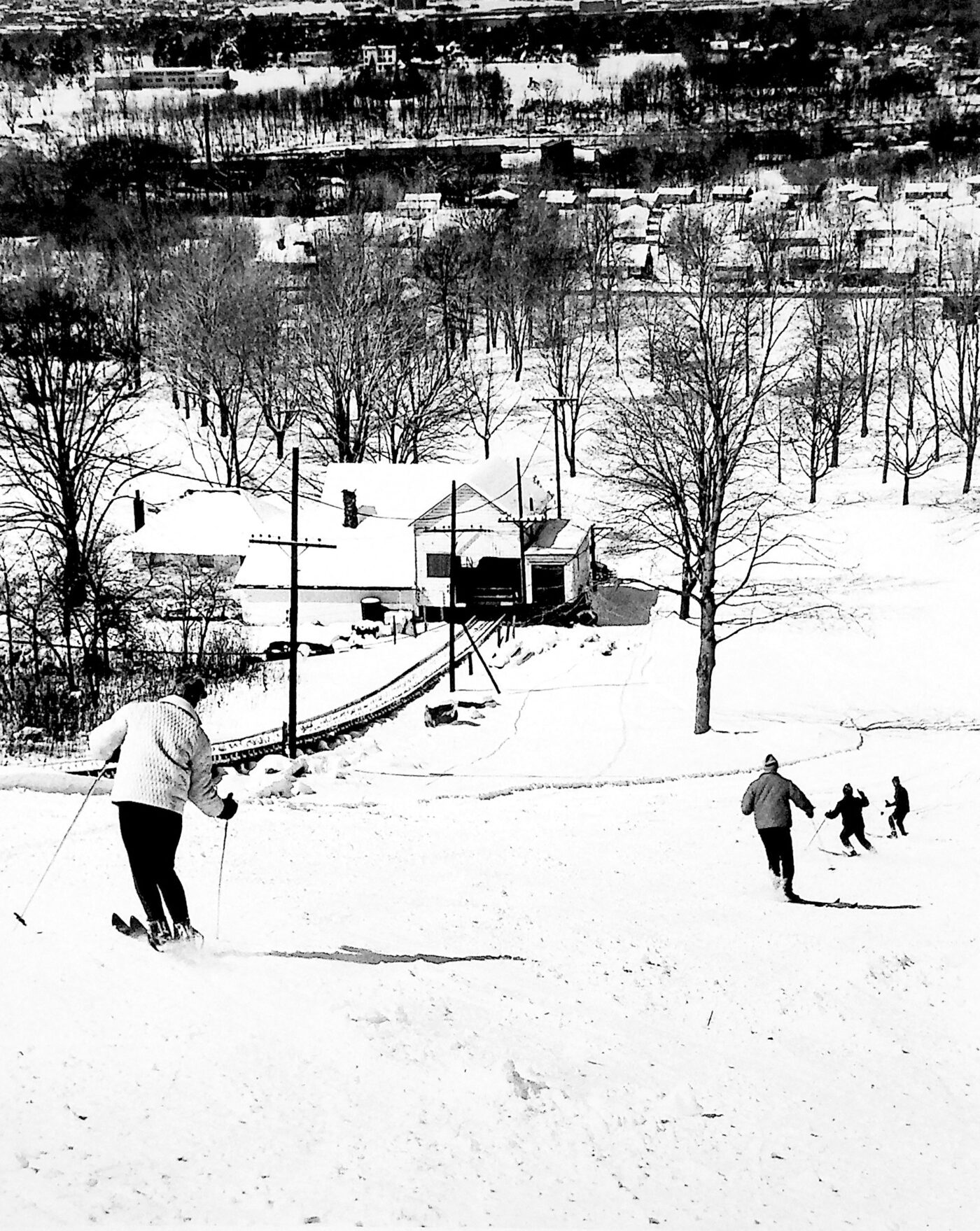
Unfortunately, starting in 1970, the region experienced four mild and dry winters in a row. In 1974, the resort’s best season in four years, there were only 60 days of skiing, compared to the normal 90-day season. In addition, the energy crisis kept city skiers home without gas. It was the perfect storm for the Dutchess Ski Area, which went bankrupt and stopped running in 1975.
“Everybody saw it coming over the years, so it wasn’t a huge surprise,” says Murphy. “Still, it was very sad. The creditors quickly came in and sold off the chairlifts and started dismantling everything.” The ski lodge sat empty for years, deteriorating, before being torn down in the 1980s. “It was sad to see it all go,” says Murphy. “But it was a huge part of my childhood.”


